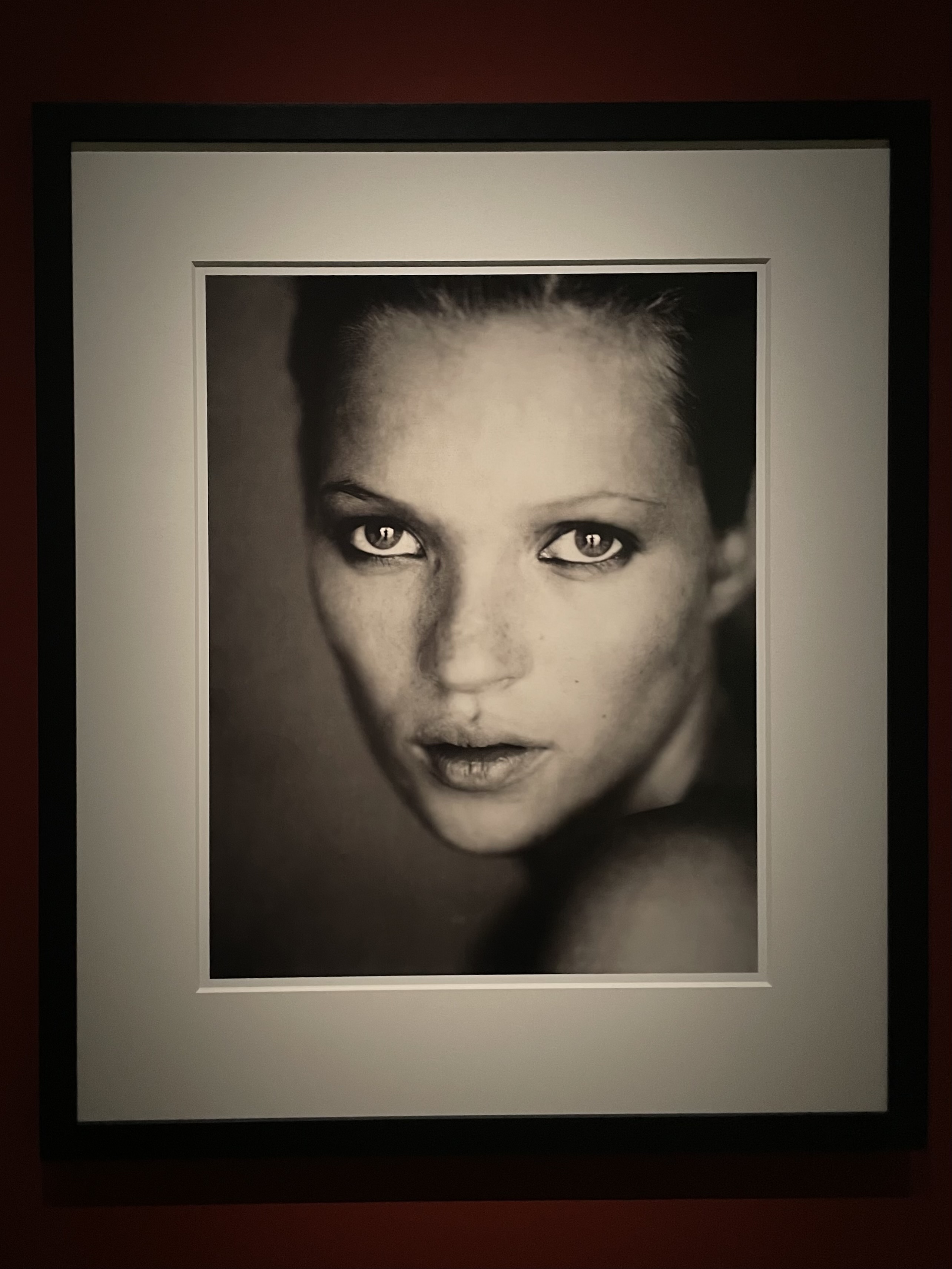She's Cool and Mysterious: She's an 'It Girl'

She’s at every party, but her private life remains a mystery. She’s effortlessly chic and oozes je ne sais quoi. Every man wants her, and every woman wants to be her—she’s an “It girl.” But what does this alluring label truly entail?
The magnetic and captivating glamor that every It girl seemingly possesses was first discussed as early as 1904 by author Rudyard Kipling. He described it as “[Not] beauty, so to speak, nor good talk necessarily. It's just It. Some women'll stay in a man's memory if they once walk down a street." While his viewpoint was a bit patriarchal, the essence of Kipling’s message remains true. Analyzing the It Girl phenomenon may seem frivolous, but its defining qualities throughout the decades are a direct reflection of society’s ever-changing beauty standards for women and broader societal exchanges. With that being said, let's unpack what the most iconic It girls of the past and present represent.
Audrey Hepburn
Audrey Hepburn, Image Credit: Isabella Logue
Audrey Hepburn was one of many famous actresses in the mid-20th century, so what made her stand out as the era’s ultimate It girl? In a world still recovering from the turbulent and uncertain times of World War II, traditional values were regaining popularity. Women were expected to be homemakers and caretakers, which meant the ideal woman was well-mannered, classy, modest, never left the house looking disheveled, and always had a smile on her face. Hepburn checked every one of these attributes both on and off the big screen. Additionally, her blockbuster movies, including Breakfast at Tiffany's, My Fair Lady, and Funny Face, made her an It girl of the 1950s and '60s. However, it wasn't long before the perfectly pristine and well-behaved woman would be out of style.
Bianca Jagger
The 1970s were marked by rock-and-roll, anti-war protests, and political change. With this came an end to the mainstream desirability of the perfectly manicured woman. Reflecting the rise in feminism and the fight for equality, women now embraced natural beauty and independence. Bianca Jagger rose to It girl status after marrying The Rolling Stones singer Mick Jagger. She was known for her outrageous nightlife (famously photographed riding a horse in the Studio 54 nightclub) and flowy clothing that centered around functionality and movement, such as pants, which women's fashion in previous decades rarely prioritized. Bianca’s party-girl lifestyle and feminist fashion choices marked a new type of woman: the independent woman. This made her a '70s icon and a full-fledged It girl.
Kate Moss
Kate Moss by Paolo Roversi, Image Credit: Isabella Logue
This wouldn't be an It girl list without mentioning supermodel Kate Moss. Similar to the '70s, the independent and carefree party girl was still in. The '90s, however, preferred a stripped-down and raw type of beauty. Kate Moss rose to fame on the catwalk for her unique and youthful beauty and was often photographed hanging with the hottest celebs. She rocked the '90s staple wardrobe, which mainly consisted of slip dresses, denim, and leather. Unfortunately, with changing times and the rise of supermodels came a new idealized body type. In place of the athletic body, previously promoted in the '70s and '80s, was the ultra-thin "Heroin Chic" look, which Kate Moss quickly became the poster girl for. This beauty standard reflected a broader cultural scene that was dominated by grunge, punk, and, let's face it, drugs.
Carolyn Bassette-Kennedy
The '90s were unique because they idealized more than just the "model-off-duty" and "rock star girlfriend" image. In addition to this, a different version of the independent woman was simultaneously on the rise. This time, independence manifested itself in the workforce, making the working woman the newest craze. With this, "business chic" was in, and no one did it better than Carolyn Bassette-Kennedy. She is most remembered for her classic style, which consisted of clean lines, neutral colors, and minimal accessories. Married to John F. Kennedy Jr., she was practically American royalty. Moreover, she worked a corporate job for Calvin Klein. As a socialite and a working woman, Carolyn was the epitome of a '90s It girl.
Zendaya
Zendaya, Image Credit: Isabella LogueWith digitalization creating infinite facets of media production and consumption, it isn't easy to define the It girl of today. There is no longer a single standard of beauty. But there seems to be one person who is unanimously regarded as an It girl—Zendaya. Through her impressive career and years of iconic fashion looks, Zendaya has solidified her role as a modern It girl. Her fashion style is always changing; her talents include acting, singing, and modeling, and her humorous personality shines through in every interview. She is effortlessly cool yet somewhat mysterious, which are the desired attributes of the modern woman (at least according to popular media). No one is doing it quite like the multi-talented and eclectically dressed star, which makes her today's biggest It girl.
Society's ideal qualities of women are more than simply fashion and makeup. Through analyzing the It girls of the past and present, it is clear that beauty standards represent a much deeper meaning; they reflect political and cultural movements throughout history. It girls embody more than just physical beauty, though unfortunately, it is still something heavily promoted in advertisements and media. It girls exude unspoken and magnetic qualities that anyone has the ability to emulate. Despite the always looming pressure to conform to surface-level beauty standards, confidence is the shared trait of every It girl—and it will never go out of style.










